How to Apply Cimexa - Practical Guide
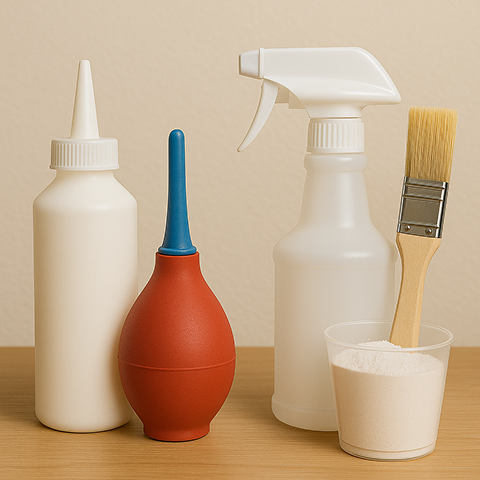
This guide will outline how to apply Cimexa, one of the most recommended professional-grade bed bug powders available to consumers. Cimexa is an insecticide dust made by Rockwell Labs and is commonly used to control (rapidly dehydrate and kill) bed bugs.
Let’s take a closer look at the methods defined by Rockwell.
How can you apply Cimexa?
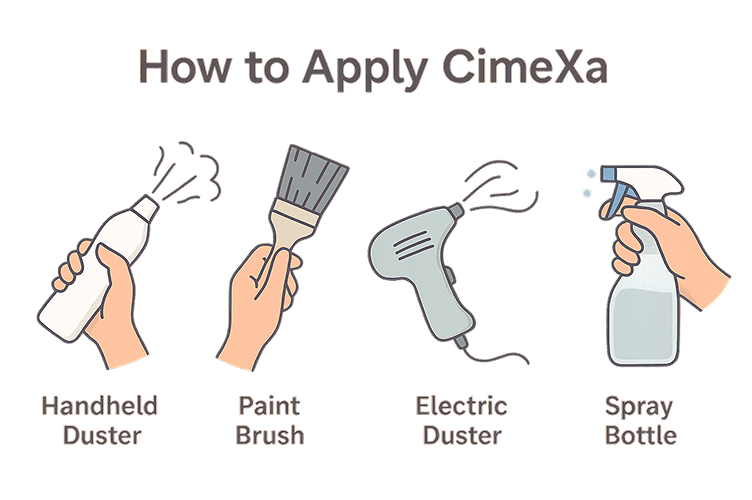
Cimexa can be applied through a variety of methods, depending on the area or surface being treated.
1. Dusting with Handheld Dusters
For hard to reach crevices or locations
CimeXa’s key feature is being a light and airy dust that provides great coverage. In deep cracks, crevices, wall voids, and other hard to reach places, handheld or low volume electric dusters can be used for these situations.
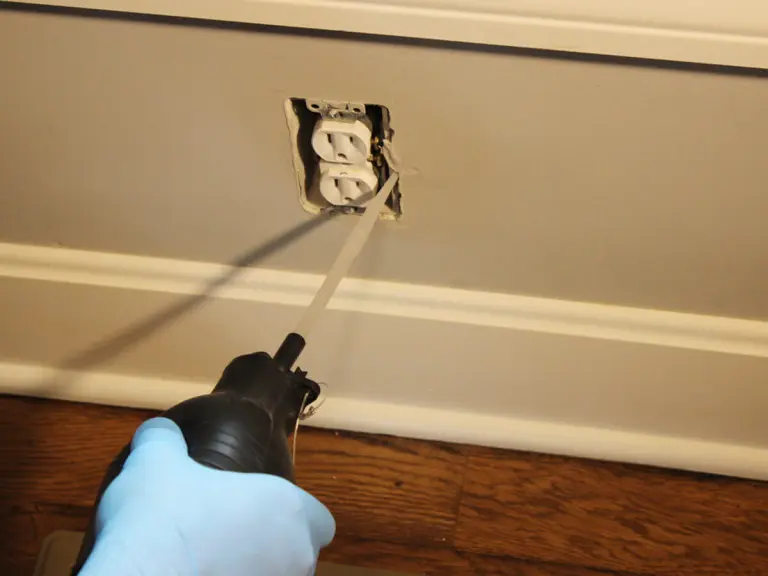
2. Paint Brush
For normal surface applications like a mattress or bed frame
Because Cimexa is a light silica dust, it can be challenging to apply it on frequently used surfaces such as mattresses, upholstered furniture, and bed frames. To minimize floating dust particles, a paint brush can be used to apply it. Rockwell recommends a 1 1/2” or 2” angled sash brush for most crevices and surfaces.
If needed Rockwell also recommends smaller detail brushes for fine detail work on mattresses and furniture.
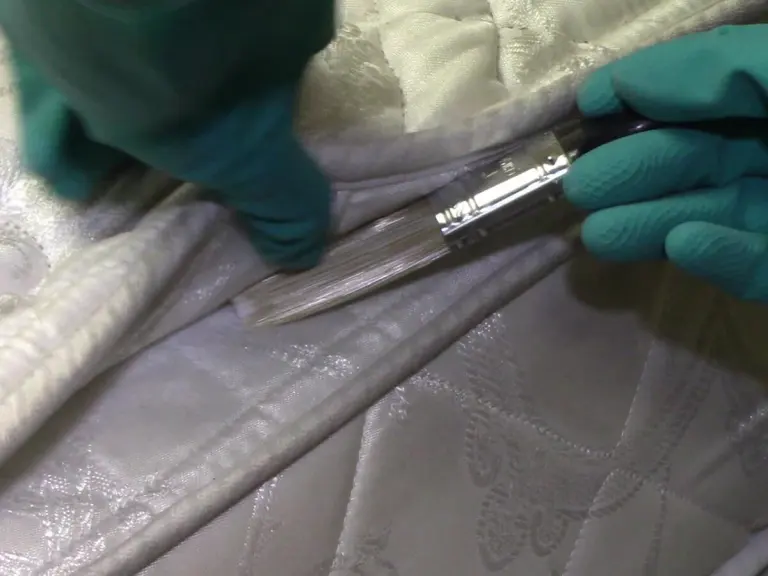
How to load and apply Cimexa with a brush
According to Rockwell loading a brush is very simple. Pour Cimexa into an open container and load the brush with the desired amount of Cimexa by dipping it in. Then, slowly brush targeted surfaces. Critically, you only need to apply a light visible film of the dust to be effective, given its strong properties. Applying Cimexa with a brush requires patience, practice, experience, and attention to detail.
Once applied, CimeXa remains visible for up to 10 years when undisturbed. It has low-toxicity and is odorless, non-clumping, and non-staining.

3. Spraying Cimexa as a wettable dust
For quick application to large areas
As a silica dust, Cimexa can be combined with water and sprayed effectively. Of note, Cimexa does not dissolve in water; instead, it forms a slurry which when dry goes back to its dust form.
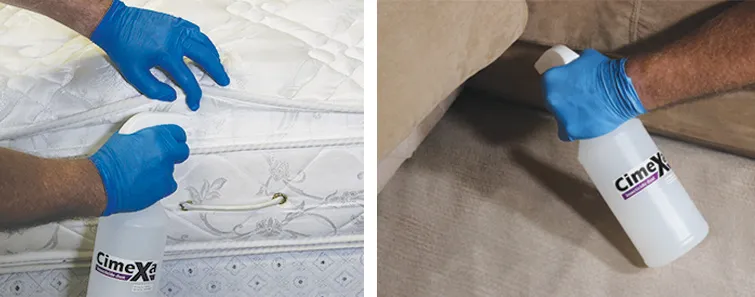
Effective mixing for Cimexa in smaller applications
According to Rockwell, the effective mixing rate is 1 oz, which equates to 1 cup in 1 quart of water. In other words, mix 1 oz of Cimexa per 1 quart (32oz) of water. A typical spray bottle can be used for this.
Effective mixing for Cimexa in larger applications
According to Rockwell, the effective mixing rate is 4 oz or 4 cups per gallon of water should be used. In other words, mix 4 oz of Cimexa with 1 gallon (128 oz) of water. A compressed air sprayer can be used in this case - it is recommended to remove any fine mesh screens from the sprayer to prevent clogging.
Mixing Cimexa with water
For best results, Rockwell recommends only pouring half of the recommended water to your bottle or tank, filling with the appropriate amount of Cimexa, agitate and shake the bottle/tank until the dust is wetted and slurry if formed, add the remaining water, and then shake / agitate again before use.
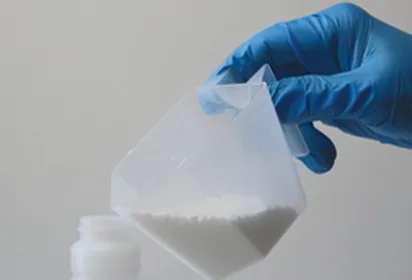
Crucially, do not store the spray mixture overnight as it will begin to gel after sitting several hours.
Health Risks of Cimexa
It is important to note that as a fine silica dust, there are health hazards with using Cimexa. As always, please consult with a professional before embarking on any “DIY” style bed bug controls. If in doubt, a professional should handle the application of any bed bug controls for your given bed bug situation.
Have you had success with Cimexa?
We’re collecting stories to see whether our readers have had success with Cimexa. In some cases, we’ve seen users DIY themselves out of a bed bug infestation (likely a smaller infestation). See our prior Cimexa story here.
Sources
Did you survive bed bugs?
We’re building a collection of stories about surviving bed bugs. Got a story? We’d love to include it.
Share your story